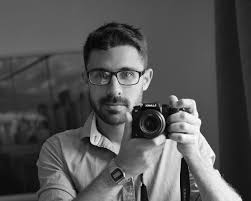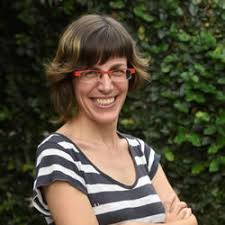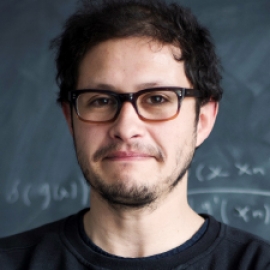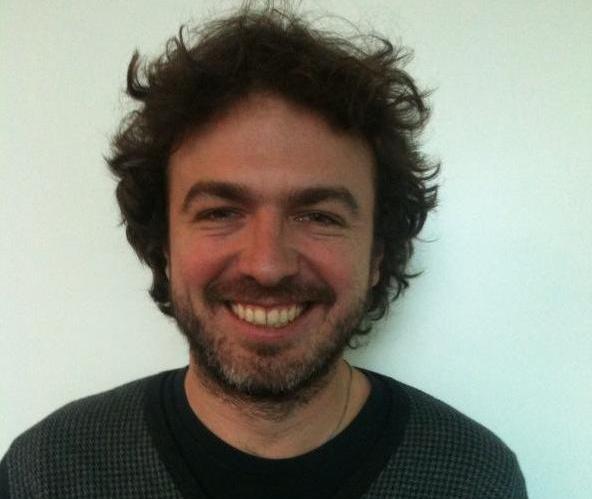Because of the Covid-19 outbreak, Giambiagi winter school is temporarily suspended till further notice. We are evaluating rescheduling the school for November 2020
The School will have 4 courses of approximately 6 hours. Two of the courses will consist of an introduction to topics of artificial intelligence, machine learning and deep learning, while the other two will be specific to the application of these topics to different areas of physics.
The two courses of fundamentals of artificial intelligence, machine learning and deep learning will be the following:
Dr. Enzo Ferrante
(CONICET y Universidad Nacional del Litoral)
1. “Introduction to convolutional neural networks”
Enzo Ferrante currently a CONICET researcher and AXA RF Fellow starting a new research line on computational methods for biomedical image analysis at the Research institute for signals, systems and computational intelligence (CONICET / Universidad Nacional del Litoral) in Santa Fe, Argentina. In 2012 he received his Systems Engineering Degree from UNICEN University, Tandil, Argentina. In May 2016, he defended his PhD thesis in Computer Sciences, at the Université Paris-Saclay (CentraleSupeléc / INRIA) in France (Paris) where he worked on deformable registration of multimodal medical images, using graphical models and discrete optimization techniques, under the supervision of Prof. Nikos Paragios. After that, until August 2017, he was a postdoc research associate at Imperial College London (BioMedIA lab), under the supervision of Prof. Ben Glocker working on deep learning and brain image segmentation.
Dra. Laura Alonso Alemany
(CONICET y Universidad Nacional de Córdoba)
2. TBA
Laura Alonso Alemany is a member of the Natural Language Processing research group at the FaMAF (Facultad de Matemática, Astronomía y Física) Universidad Nacional de Córdoba, where she is an Exclusive Dedication Professor. She is also a member of the Grial research group, back in Catalunya, where she got her PhD, and she is working about rich representations of sentential semantics for corpus annotation and automatic knowledge acquisition, within the SENSEM project. In her PhD research she wanted to provide a model discourse structure that was useful for automated text summarization.
These courses will be interspersed with those that cover applications to specific topics of current interest in physics:
Dr. Juan Felipe Carrasquilla
(Vector Institute for Artificial Intelligence, Canadá)
1. “Machine learning for quantum matter”
Juan Carrasquilla is a research scientist at Vector Institute for Artificial Intelligence. He received his Master’s and Ph.D. degrees from the International School for Advanced Studies (SISSA), Italy, and holds an undergraduate degree in physics engineering from Universidad Nacional de Colombia, Medellín. Juan held postdoctoral fellowships at Georgetown University and the Perimeter Institute for Theoretical Physics and was a researcher at D-Wave systems. His research is at the intersection of condensed-matter theory, quantum computing, and machine learning.
Dr. Pablo Meyer
(IBM Thomas J. Watson Research Center, EEUU
2. “From molecules to humans, interpretable models in biology”
Pablo Meyer Rojas graduated as physicist from Universidad Nacional Autónoma de México (UNAM). Afterwards, he obtained an interdisciplinary MsC in physics and biology from University of Paris. He deepened his interests doing a PhD in biology at Rockefeller University in New York, working on circadian rhythms with Nobel Prize winner Michael W. Young. Currently he works at IBM’s Thomas J. Watson Research Center, in the computational biology division. His main interest is understanding how the level of single molecules and genetic circuits can determine mesoscopic phenomena such as cell death, circadian rhythms and olfactory perception.
There will be also two afternoons of the school dedicated for short talks by researchers and students working on topics that are at the intersection between physics and artificial intelligence / machine learning.




